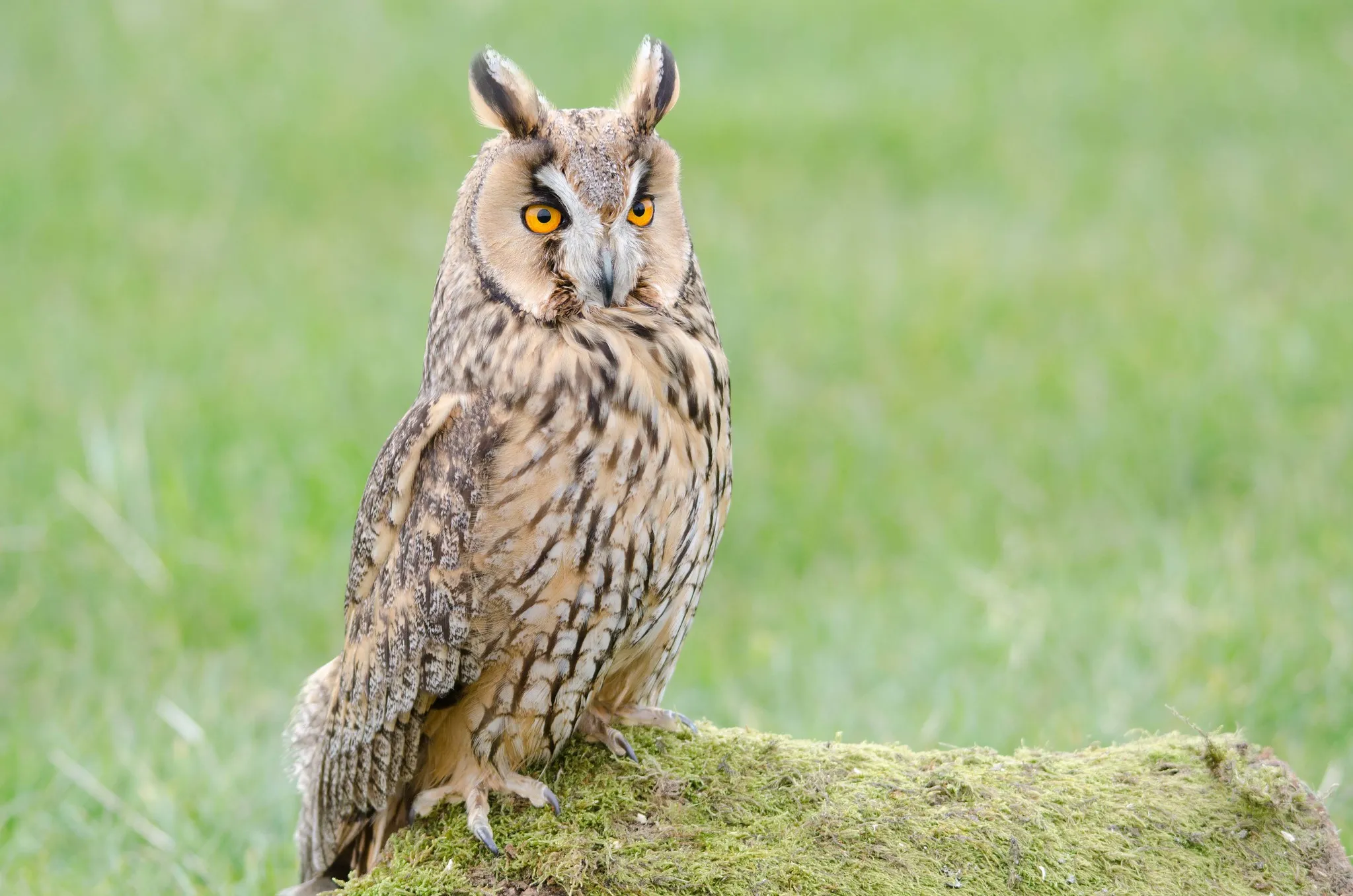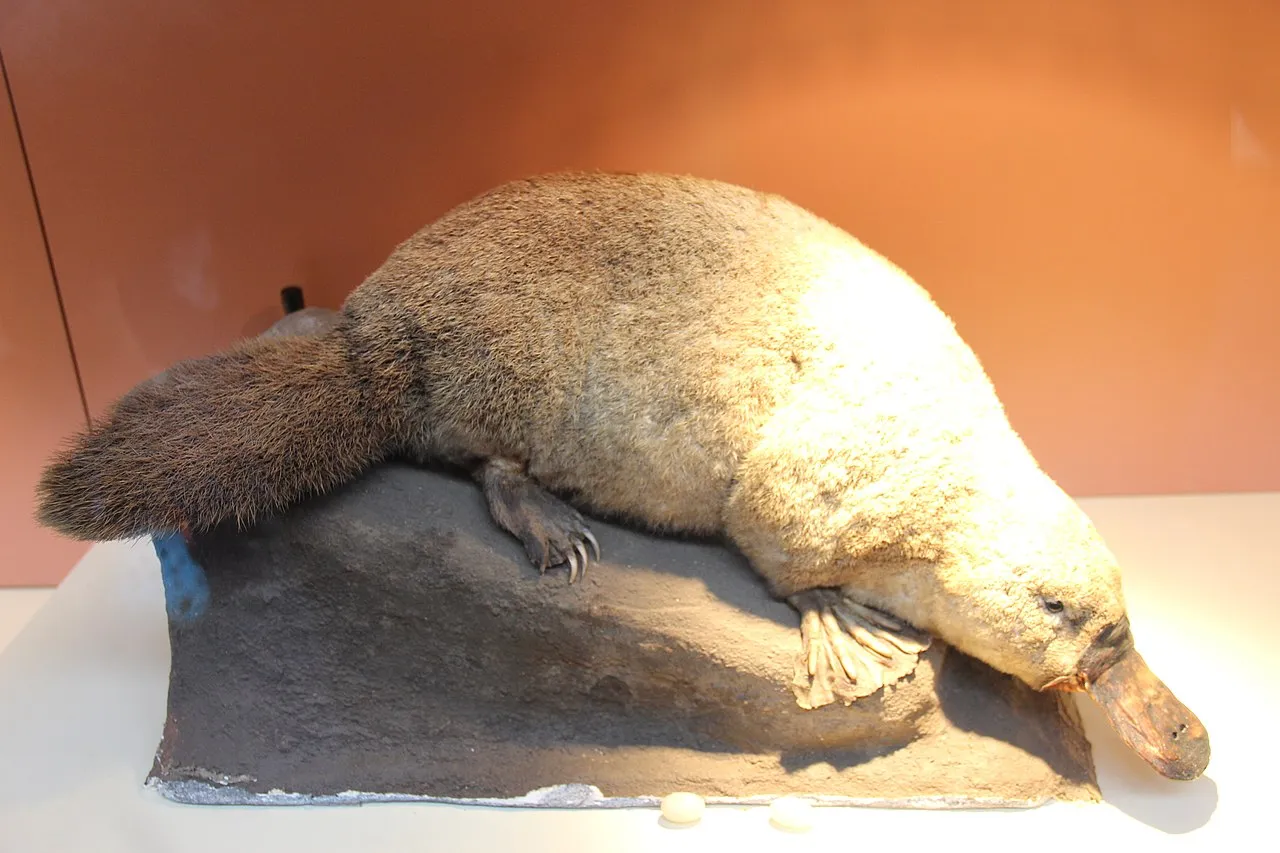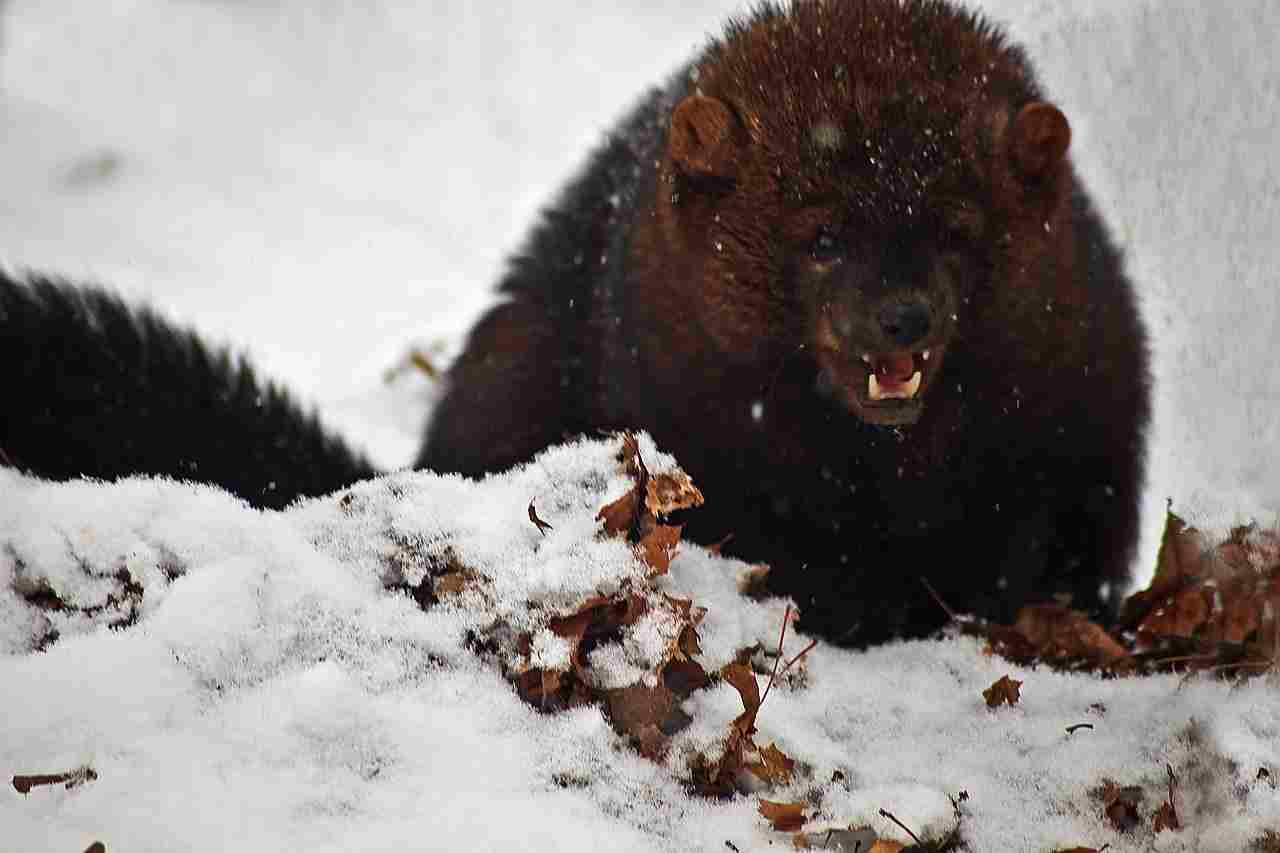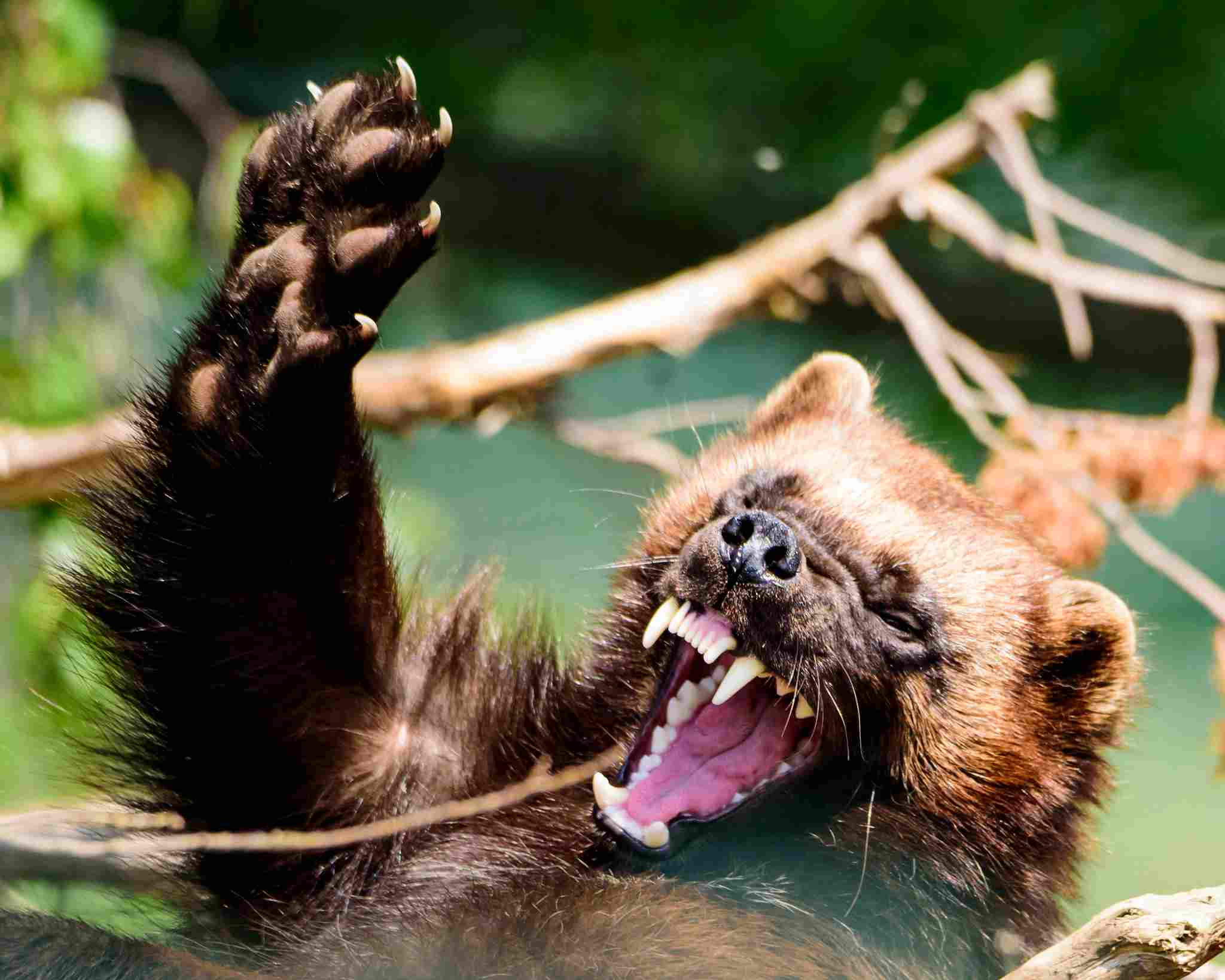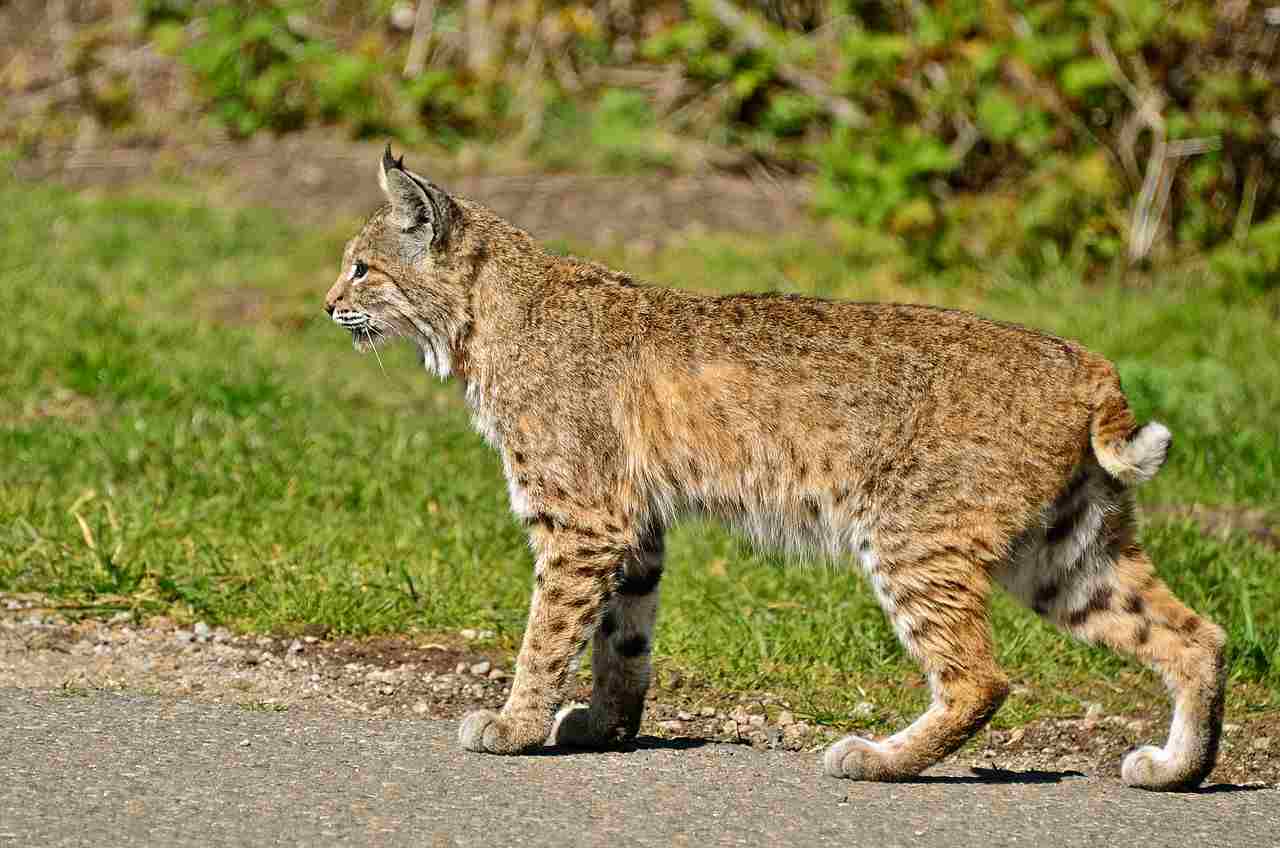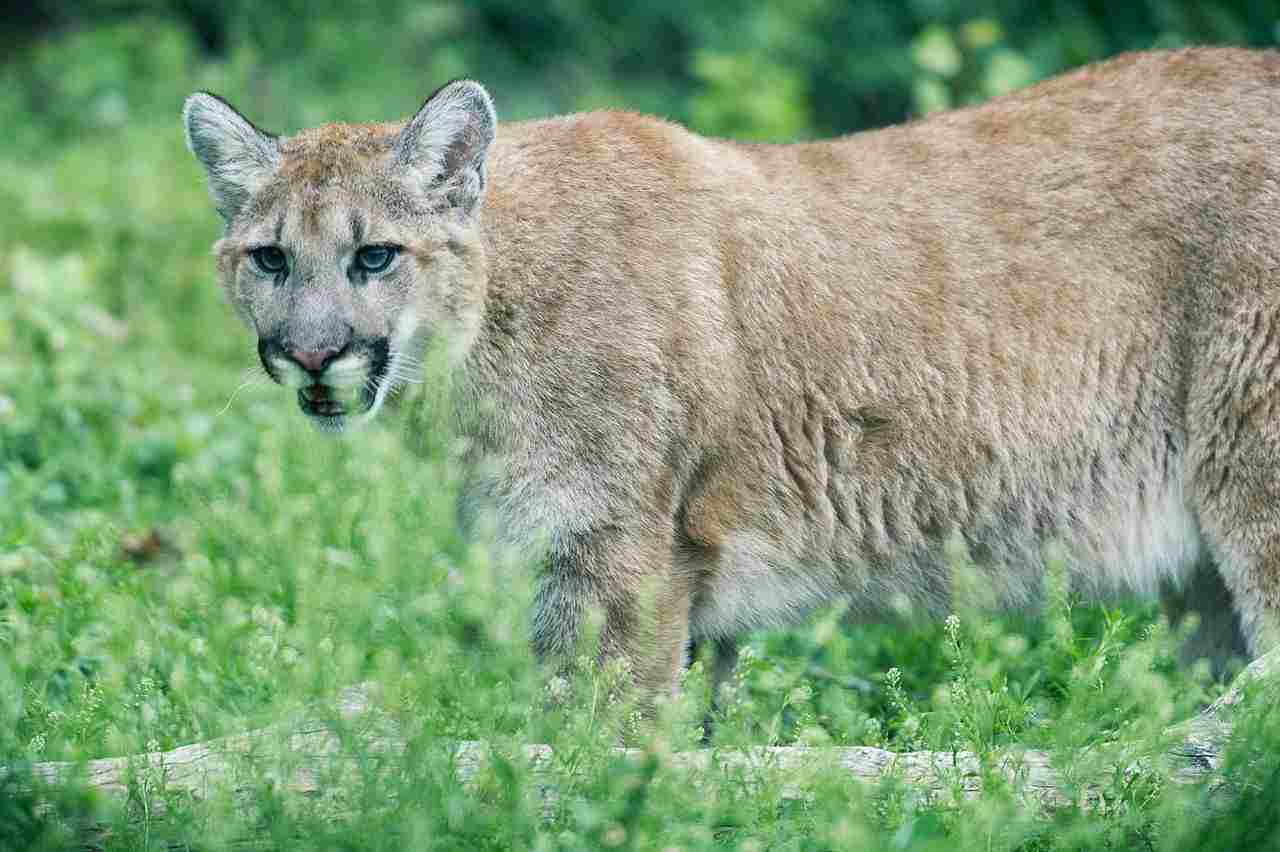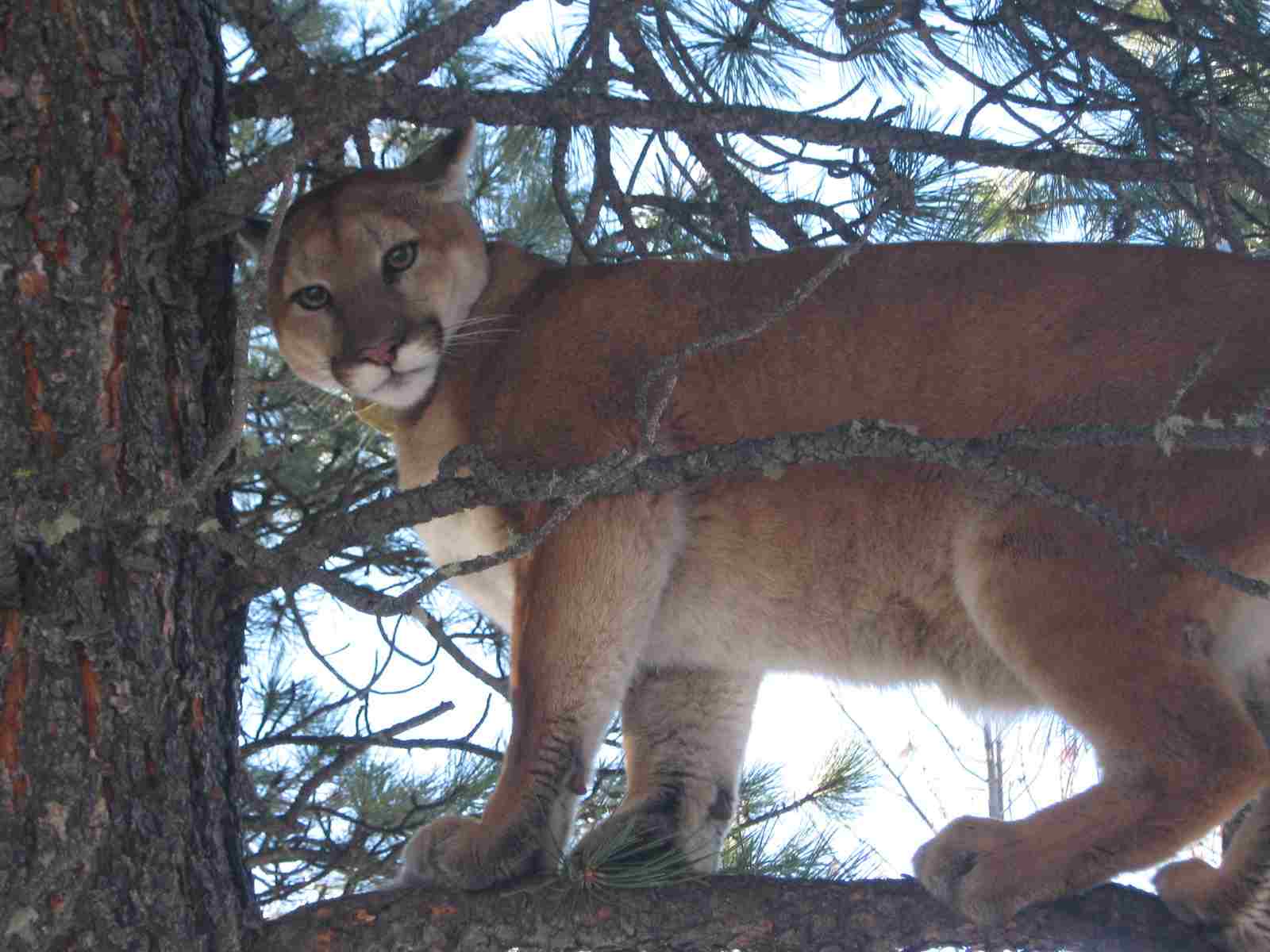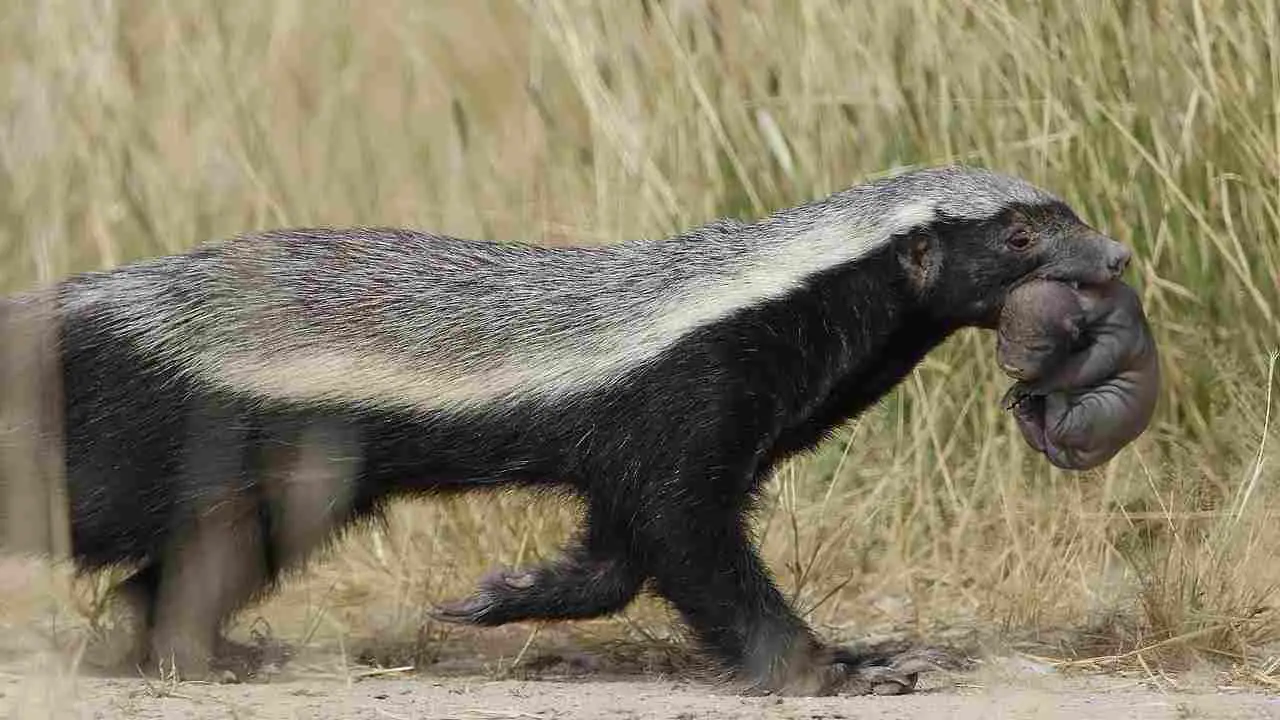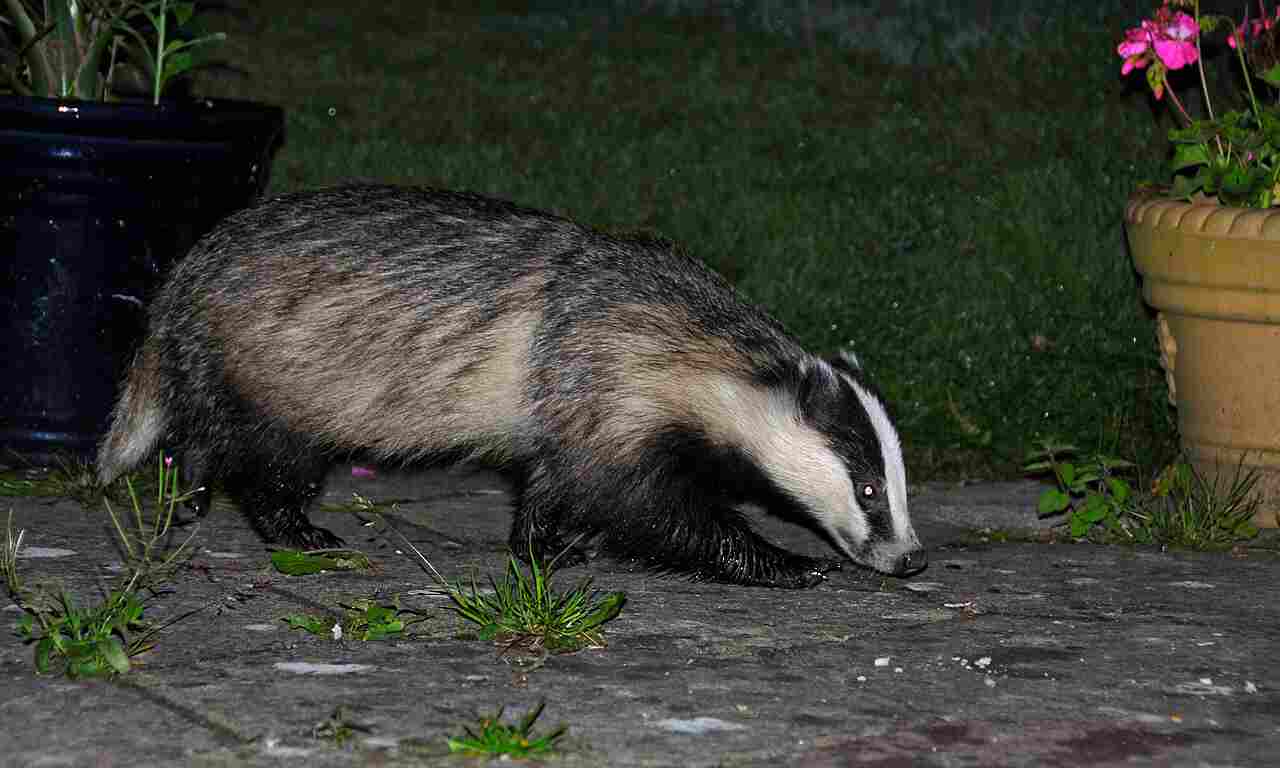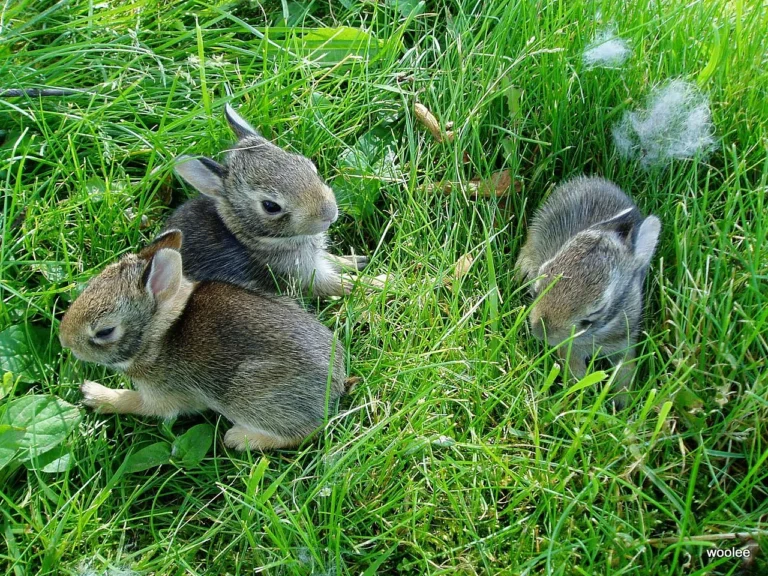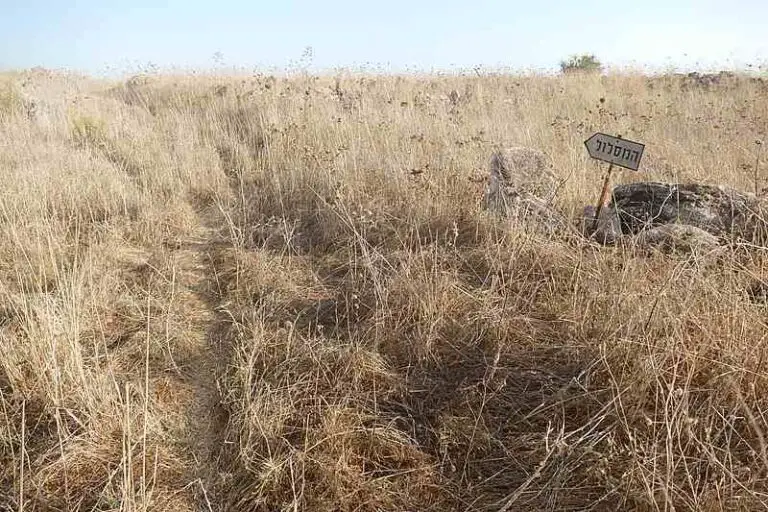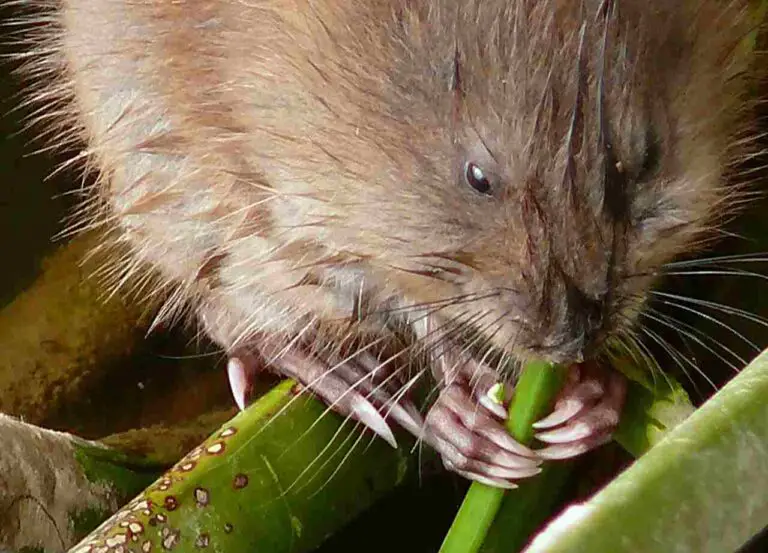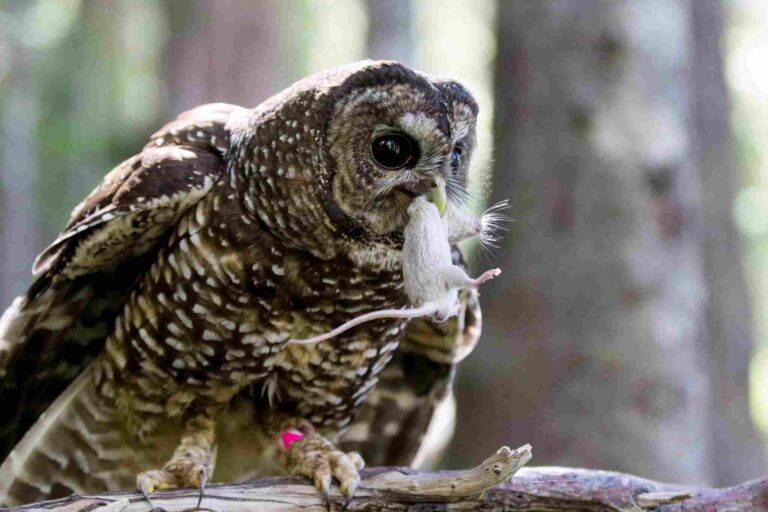7+ Carnivores in Deciduous Forest Ecosystems Discussed
Examples of carnivores in deciduous forest ecosystems are the Bald Eagle, Owl, Wolf, Platypus, Bobcat, Fisher, Mountain Lion, Badger, and Marten. These carnivores play vital roles in regulating prey populations, shaping ecosystem dynamics, and maintaining biodiversity. However, they face threats such as habitat loss, human-wildlife conflict, pollution, and climate change. Conservation efforts focused on preserving habitat, reducing human disturbance, and raising awareness about their ecological importance are crucial for their survival.
1. Bald Eagle
The majestic Bald Eagle is an iconic carnivore in deciduous forest ecosystems, embodying strength, grace, and power. With its striking white head and tail contrasting against a dark brown body, the Bald Eagle is easily recognizable, symbolizing freedom and wilderness across North America. Nesting near large bodies of water within deciduous forests, these raptors are adept hunters, preying primarily on fish but also scavenging and hunting other small mammals and birds.
Deciduous forests offer Bald Eagles a rich hunting ground, providing an abundance of prey species and diverse habitats. Near water sources like rivers, lakes, and wetlands, Bald Eagles can spot fish from great heights, using their keen eyesight to pinpoint prey with remarkable accuracy. Additionally, deciduous forests harbor a variety of small mammals, such as squirrels and rabbits, which serve as alternative food sources for Bald Eagles when fish are scarce.
Despite their formidable hunting skills, Bald Eagles face threats in deciduous forest ecosystems, including habitat loss, pollution, and human disturbance. Deforestation and urbanization encroach upon their nesting sites and disrupt their natural habitats, while pollutants like pesticides and heavy metals accumulate in their prey, leading to adverse health effects. Conservation efforts, including habitat preservation and pollution control measures, are essential to ensure the continued survival of this iconic species in deciduous forests.
2. Owl
Owls are silent hunters of the night, their presence in deciduous forests shrouded in mystery and intrigue. With keen senses and exceptional nocturnal vision, these birds of prey are perfectly adapted to hunt in the dimly lit canopy of deciduous forests. Owls play a vital role in regulating populations of small mammals, insects, and other birds, contributing to the balance of the ecosystem.
Deciduous forests offer owls a diverse array of prey, including mice, voles, squirrels, and insects. Their specialized feathers allow them to fly silently, enabling them to swoop down on unsuspecting prey without detection. Additionally, their distinctive facial disks aid in funneling sound to their ears, giving them exceptional hearing and allowing them to pinpoint the exact location of prey in the darkness of the forest.
Despite their adaptability and stealthy hunting techniques, owls face challenges in deciduous forests, such as habitat fragmentation and loss of nesting sites. Preservation of mature trees and protected forest areas are crucial for maintaining healthy owl populations in deciduous ecosystems. Conservation efforts aimed at reducing human disturbance and mitigating the impacts of climate change are essential for ensuring the continued presence of these enigmatic birds in the forest.
3. Wolf
Wolves are apex predators that once roamed freely throughout the deciduous forests of North America, playing a crucial role in shaping ecosystem dynamics. These social carnivores form tight-knit family groups known as packs, cooperating to hunt large prey such as deer, elk, and moose. Deciduous forests provide wolves with ample cover for stalking and ambushing their prey, as well as a diverse range of habitats to inhabit.
In deciduous forests, wolves play a vital role in controlling populations of herbivores, which in turn helps regulate plant growth and maintain ecosystem balance. Their presence influences the behavior and distribution of prey species, leading to cascading effects throughout the food web. However, human activities such as habitat destruction, hunting, and conflicts with livestock have significantly impacted wolf populations in deciduous forest ecosystems.
Conservation efforts focused on habitat restoration, coexistence with local communities, and sustainable management of wolf populations are essential for ensuring the survival of these apex predators in deciduous forests. By recognizing the ecological importance of wolves and addressing the factors threatening their existence, we can help preserve the integrity and biodiversity of these vital ecosystems.
4. Platypus
The platypus is a unique and fascinating carnivore that inhabits the freshwater streams and rivers within deciduous forest ecosystems in Australia. With its duck-like bill, webbed feet, and beaver-like tail, the platypus is a remarkable example of convergent evolution, combining features of birds, mammals, and reptiles. Despite its semi-aquatic lifestyle, the platypus relies on deciduous forests for shelter, nesting sites, and foraging grounds along riverbanks.
Deciduous forests adjacent to freshwater habitats provide essential cover and protection for platypuses, allowing them to evade predators and safely access their aquatic foraging areas. Platypuses primarily feed on aquatic invertebrates such as insects, worms, and crustaceans, using their sensitive bills to detect prey through electroreception. Their presence in deciduous forest ecosystems indicates the health and connectivity of freshwater habitats, as they are sensitive to changes in water quality and habitat degradation.
However, platypus populations are increasingly threatened by habitat destruction, pollution, invasive species, and climate change. Conservation efforts aimed at protecting and restoring riparian habitats, implementing sustainable water management practices, and reducing pollution are essential for safeguarding the future of these unique and iconic creatures in deciduous forest ecosystems.
5. Bobcat
The elusive bobcat is a skilled predator that roams the deciduous forests of North America, blending seamlessly into the dappled sunlight and dense undergrowth. With its distinctive tufted ears and short, stubby tail, the bobcat is a master of stealth, silently stalking its prey through the forest understory. Deciduous forests provide bobcats with ample cover for hunting, as well as a diverse range of prey including rabbits, rodents, birds, and occasionally deer.
Bobcats are solitary creatures, fiercely territorial and adept at navigating the dense vegetation of deciduous forests. They rely on their keen senses of sight and hearing to locate prey, using stealth and ambush tactics to capture their quarry. Deciduous forests also offer bobcats sheltered den sites, such as hollow logs, rock crevices, or dense thickets, where they can rest and raise their young away from potential threats.
Despite their adaptability and elusive nature, bobcats face threats in deciduous forest ecosystems, including habitat fragmentation, urbanization, and human disturbance. Conservation efforts focused on preserving contiguous forest habitat, reducing human-wildlife conflicts, and implementing sustainable hunting practices are essential for ensuring the continued survival of bobcat populations in deciduous forests.
6. Fisher
The fisher, also known as the fisher cat, is a carnivorous mammal that inhabits the dense forests of North America, including deciduous ecosystems. Despite its name, the fisher is not a feline but rather a member of the weasel family, characterized by its sleek fur, long body, and bushy tail. Fishers are skilled climbers and agile hunters, preying on a variety of small mammals, birds, and occasionally fish.
Deciduous forests provide fishers with abundant prey and diverse habitat types, including dense understory vegetation, fallen logs, and rocky outcrops. Fishers are primarily nocturnal, using their sharp claws and teeth to capture prey in the darkness of the forest. They are also known for their distinctive vocalizations, including high-pitched screams and low growls, which serve as communication signals to other fishers in the area.
Despite their adaptability and formidable hunting skills, fishers face threats in deciduous forest ecosystems, such as habitat loss, trapping, and predation by larger predators. Conservation efforts aimed at preserving mature forests, maintaining connectivity between habitat patches, and reducing human disturbance are crucial for ensuring the long-term survival of fisher populations in deciduous forests.
7. Mountain Lion
The mountain lion, also known as the cougar or puma, is a solitary apex predator that roams the vast expanses of deciduous forests in North and South America. With its powerful build, keen senses, and stealthy demeanor, the mountain lion is a formidable hunter capable of taking down prey much larger than itself, including deer, elk, and occasionally livestock. Deciduous forests offer mountain lions ample cover for stalking and ambushing their prey, as well as access to water sources and sheltered den sites.
Mountain lions play a crucial role in regulating prey populations and shaping ecosystem dynamics in deciduous forests. Their presence influences the behavior and distribution of herbivores, which in turn affects plant communities and overall ecosystem health. Despite their importance, mountain lions face threats such as habitat fragmentation, human-wildlife conflict, and poaching.
Conservation efforts focused on protecting habitat corridors, implementing measures to reduce conflicts with humans and livestock, and enforcing regulations against illegal hunting are essential for ensuring the continued survival of mountain lion populations in deciduous forest ecosystems. By recognizing the ecological importance of apex predators like the mountain lion and addressing the factors threatening their existence, we can help maintain the integrity and biodiversity of these vital ecosystems.
8. Badger
The badger is a tenacious carnivore found in deciduous forests across Europe, Asia, and North America, recognized for its distinctive black and white facial markings and burrowing behavior. Despite its small size, the badger is a formidable predator, preying on a variety of small mammals, birds, insects, and even reptiles. Deciduous forests provide badgers with suitable habitat for foraging, as well as ample cover for constructing their elaborate underground burrow systems.
Badgers are nocturnal creatures, emerging from their burrows at night to hunt for prey in the leaf litter and soil of deciduous forests. Their strong claws and powerful jaws enable them to dig efficiently, excavating burrows and rooting out prey from underground. Badgers are also opportunistic feeders, scavenging on carrion and exploiting a wide range of food sources depending on seasonal availability.
Despite their adaptability and resilience, badgers face threats in deciduous forest ecosystems, including habitat loss, road mortality, persecution, and disease. Conservation efforts focused on protecting habitat, reducing human-wildlife conflicts, and implementing measures to mitigate the spread of disease are essential for ensuring the long-term survival of badger populations in deciduous forests.
9. Marten
The marten is a sleek and agile carnivore that inhabits deciduous forests throughout the northern hemisphere, known for its slender body, bushy tail, and arboreal lifestyle. Martens are skilled climbers and adept hunters, preying on a variety of small mammals, birds, insects, and fruits. Deciduous forests provide martens with a diverse range of habitats, including mature trees for den sites, fallen logs for foraging, and dense undergrowth for cover.
Martens are primarily solitary creatures, fiercely territorial and elusive in their movements through the forest canopy. They are opportunistic feeders, exploiting a wide range of food sources depending on seasonal availability and local prey populations. Martens are also known for their agility and dexterity, navigating the complex vertical landscape of deciduous forests with ease.
Despite their adaptability and agility, martens face threats in deciduous forest ecosystems, including habitat loss, trapping, predation by larger predators, and climate change. Conservation efforts focused on preserving mature forests, maintaining connectivity between habitat patches, and reducing human disturbance are crucial for ensuring the long-term survival of marten populations in deciduous forests. By recognizing the ecological importance of carnivores like the marten and addressing the factors threatening their existence, we can help maintain the integrity and biodiversity of these vital ecosystems.
*Summary
-
Bald Eagle:
-
Iconic raptor in deciduous forests.
-
Hunts fish primarily but also scavenges.
-
Relies on diverse habitats near water sources.
-
-
Owl:
-
Nocturnal hunter with exceptional vision.
-
Regulates populations of small mammals and birds.
-
Depends on mature trees for nesting.
-
-
Wolf:
-
Apex predator shaping ecosystem dynamics.
-
Hunts deer, elk, and moose in packs.
-
Faces threats from habitat loss and human conflict.
-
-
Platypus:
-
Semi-aquatic carnivore in Australian deciduous forests.
-
Hunts aquatic invertebrates.
-
Sensitive to habitat degradation and pollution.
-
-
Bobcat:
-
Elusive predator hunting small mammals and birds.
-
Relies on dense forest cover for stealth.
-
Faces threats from habitat loss and urbanization.
-
-
Fisher:
-
Weasel family member hunting small mammals.
-
Climbs trees and hunts in dense forest understory.
-
Threatened by habitat loss and trapping.
-
-
Mountain Lion:
-
Solitary apex predator hunting deer and elk.
-
Influences prey behavior and ecosystem health.
-
Faces threats from habitat fragmentation and poaching.
-
-
Badger:
-
Tenacious burrowing predator in deciduous forests.
-
Hunts small mammals and scavenges.
-
Threatened by habitat loss and human conflict.
-
-
Marten:
-
Arboreal carnivore hunting small mammals and birds.
-
Relies on mature forests for den sites and foraging.
-
Faces threats from habitat loss and trapping.
-
| Carnivore | Summary |
| Bald Eagle |
Iconic raptor hunting fish primarily, also scavenging, relies on diverse habitats near water sources.
|
| Owl |
Nocturnal hunter with exceptional vision, regulates populations of small mammals and birds, depends on mature trees for nesting.
|
| Wolf |
Apex predator shaping ecosystem dynamics, hunts deer, elk, and moose in packs, faces threats from habitat loss and human conflict.
|
| Platypus |
Semi-aquatic carnivore in Australian deciduous forests, hunts aquatic invertebrates, sensitive to habitat degradation and pollution.
|
| Bobcat |
Elusive predator hunting small mammals and birds, relies on dense forest cover for stealth, threatened by habitat loss and urbanization.
|
| Fisher |
Weasel family member hunting small mammals, climbs trees and hunts in dense forest understory, threatened by habitat loss and trapping.
|
| Mountain Lion |
Solitary apex predator hunting deer and elk, influences prey behavior and ecosystem health, faces threats from habitat fragmentation and poaching.
|
| Badger |
Tenacious burrowing predator in deciduous forests, hunts small mammals and scavenges, threatened by habitat loss and human conflict.
|
| Marten |
Arboreal carnivore hunting small mammals and birds, relies on mature forests for den sites and foraging, faces threats from habitat loss and trapping.
|
FAQs about Carnivores in Deciduous Forest Ecosystems
1. Why are carnivores important in deciduous forest ecosystems?
-
Carnivores play a crucial role in regulating prey populations, which helps maintain the balance of the ecosystem. They also influence the behavior and distribution of prey species, which in turn affects plant communities and overall ecosystem health.
2. What types of prey do carnivores in deciduous forests hunt?
-
Carnivores in deciduous forests hunt a variety of prey, including small mammals such as rodents, rabbits, and squirrels, as well as birds, insects, and occasionally larger prey such as deer, elk, and moose.
3. How do carnivores adapt to life in deciduous forests?
-
Carnivores in deciduous forests have evolved various adaptations to thrive in their environment, such as keen senses for hunting in low light conditions, specialized hunting techniques suited to the forest understory, and behavioral strategies for navigating dense vegetation.
4. What are the main threats to carnivores in deciduous forest ecosystems?
-
The main threats to carnivores in deciduous forest ecosystems include habitat loss and fragmentation due to deforestation and urbanization, human-wildlife conflict, hunting and trapping, pollution, and climate change.
5. How can we help protect carnivores in deciduous forests?
-
Conservation efforts focused on preserving habitat, maintaining connectivity between habitat patches, reducing human disturbance, implementing sustainable management practices, and raising awareness about the importance of carnivores in the ecosystem are essential for protecting carnivores in deciduous forests.
